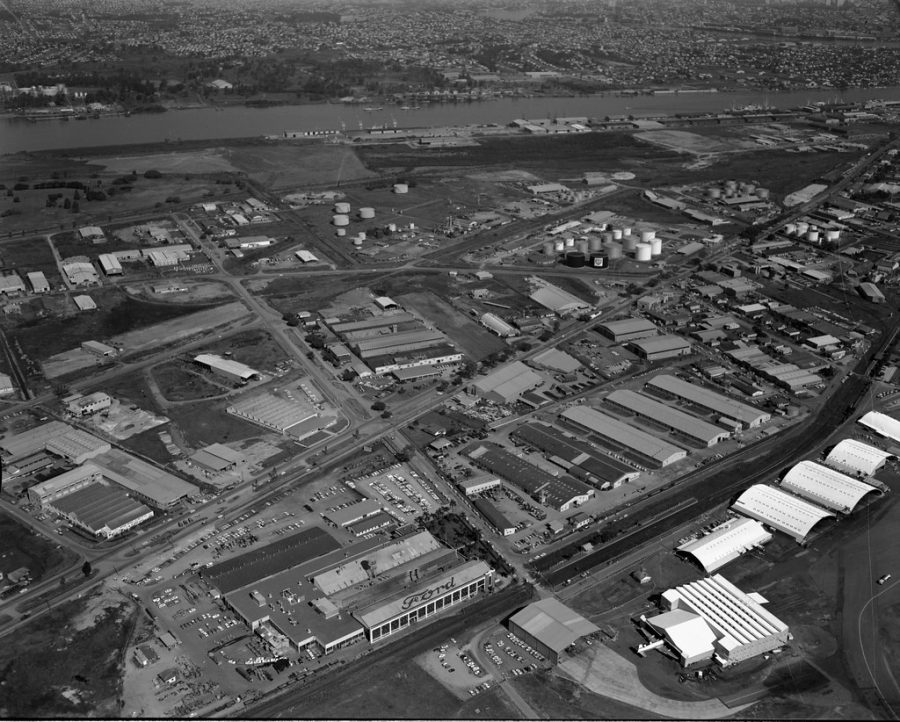Automated Mass Production – Are They Worth The Investment?
It’s on the tip of an investors tongue and the burden of every industrialist: to build or not to build mass production?
Source: Queensland State Archives
ford motor factory – black and white
If it were not for the monumental efficiency of mass production, it would’ve been impossible to achieve the modern society humans place themselves in. In times of war and in the fields, the limitless importance of mass production has never failed to present itself. However, the reliability and sustainability of autonomous factory lines are coming under an unprecedented amount of scrutiny due to their apparent effects on the environment.
The first full incorporation of the mass production line was used by the industrialist Henry Ford, the CEO of Ford Motors and a pioneer in the strategies of production lines. He simplified the formula for efficiency by creating one chain of cars that were the exact same, so he could rely on non-specialized workers to focus on one section of the assembly. This introduction of non-skill-requiring jobs allowed Ford to focus expressly on sales and relieve himself of the worry about hiring skilled workers for the production line. In addition to this, the cars that came out of the production line were cheap and affordable to the masses because of the lower wages and material costs compared to other car companies at the time. This basis of cheap production and easy selling has set itself in place as an enticing offer for industrialists to invest in the mass production line.
Nowadays, the biggest center of mass production is in China, pumping out an astronomical 28.7 percent of the world’s trade products. The basic principles of mass production still exist as the world continues to look for cheaper and cheaper products to reliably produce. In the current era, the use of plastic has seen a dramatic increase in the shift of production in assembly lines, opting for a more automated approach to counteract the need for human workers. However, in recent studies by governments and organizations, the cost of this rapid advancement is starting to pile up.
Environmentally, the effects of the mass production line appear both in and out of the factory building, disrupting the lives of millions of ecosystems. According to the company GES, United States automobile companies are responsible for “producing millions of pounds of leads” that pollute air quality. However, the fight for a better Earth is not the only reason why industrialists are in an internal debate.
According to Investopedia, the initial price of starting a mass production facility is extremely costly, even more for those that are automated. Investors and company owners take a gamble in building production facilities; they invest in an operating assembly operation in hopes that the profits from it will be significant enough. However, as you may see in the news from time to time, the rise and fall in demand have consistently constituted the fates of several production facilities.
So the question remains: is it profitable to invest an automated mass production facility? I believe that decision depends on a manufacturer’s product and how much an investor is willing to spend. Any mass production facility has to have a product that will consistently be required by the masses, so that demand never falls, and the pockets of the investors must be prepared to suffer a loss if need be.
Related Stories:
https://www.brookings.edu/research/global-manufacturing-scorecard-how-the-us-compares-to-18-other-nations/
https://www.investopedia.com/terms/m/mass-production.asp
https://gesrepair.com/mass-production-advantages-and-disadvantages/
https://corporatefinanceinstitute.com/resources/management/mass-production/
Take Action:















